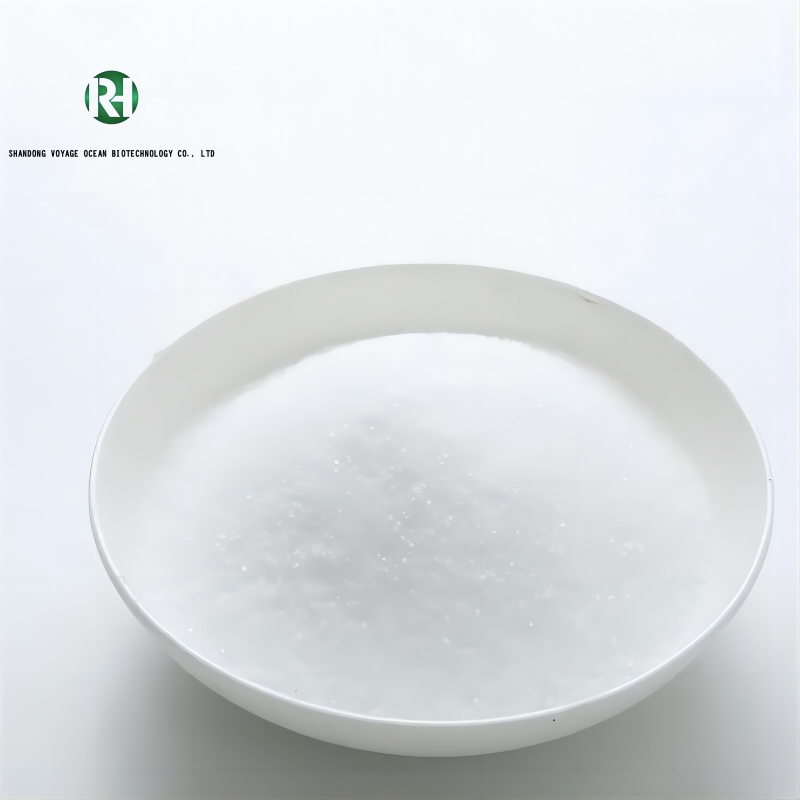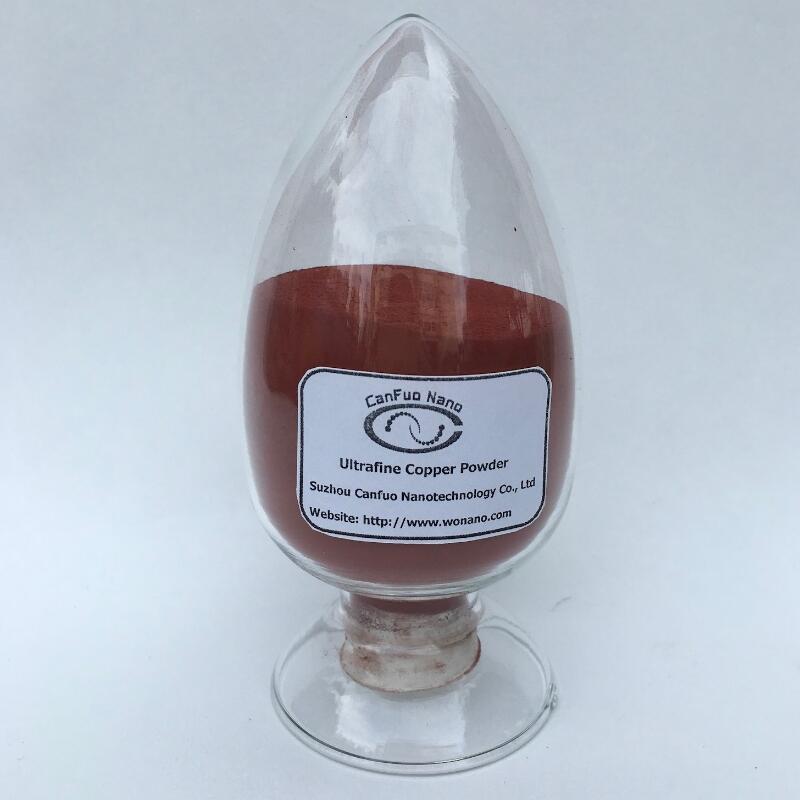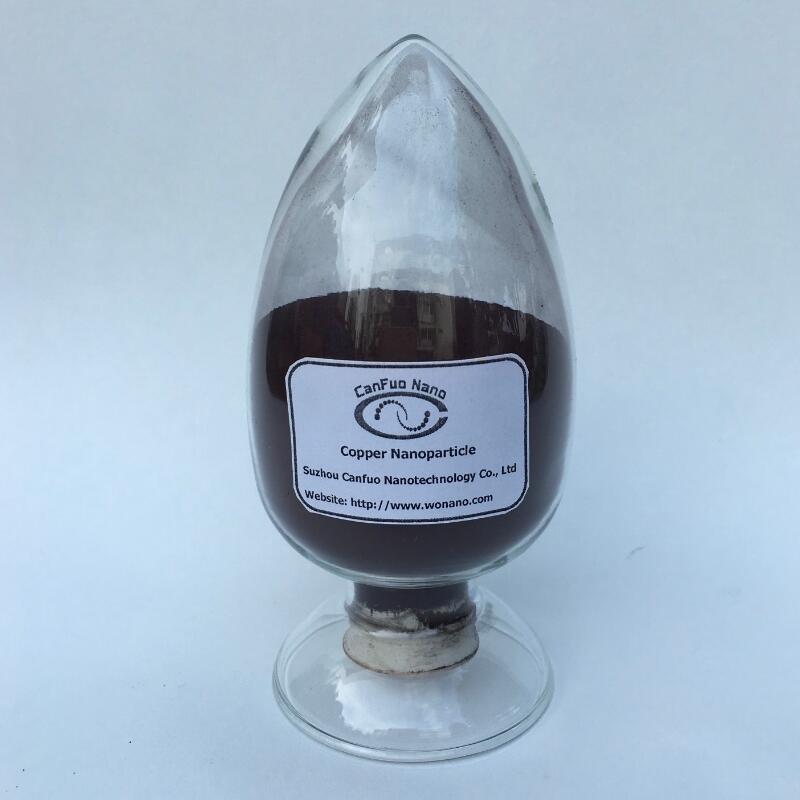-
Categories
-
Pharmaceutical Intermediates
-
Active Pharmaceutical Ingredients
-
Food Additives
- Industrial Coatings
- Agrochemicals
- Dyes and Pigments
- Surfactant
- Flavors and Fragrances
- Chemical Reagents
- Catalyst and Auxiliary
- Natural Products
- Inorganic Chemistry
-
Organic Chemistry
-
Biochemical Engineering
- Analytical Chemistry
-
Cosmetic Ingredient
- Water Treatment Chemical
-
Pharmaceutical Intermediates
Promotion
ECHEMI Mall
Wholesale
Weekly Price
Exhibition
News
-
Trade Service
A research team at Pennsylvania State University in the United States has developed a lithium-ion battery with a rapid self-heating function
.
The emergence of this new type of battery is expected to make up for the shortcomings of traditional lithium-ion batteries in low-temperature environments below 0°C, such as performance degradation and fast power loss, making it possible for electronic products to operate efficiently in low-temperature environments
.
Lithium-ion batteries are light in weight, high in energy density, pollution-free, and memory-free.
After decades of development, they have become the most common battery products at present.
They can be seen in mobile phones, laptops, or electric vehicles.
.
But once you are exposed to a low temperature environment below 0°C, the battery performance will be greatly reduced, and the corresponding standby time of using the device will also be significantly reduced
.
Although this problem can be partially solved by adding additional heaters or thermal insulation materials to the battery, this will increase the weight and volume of the battery, especially for weight-sensitive equipment such as drones.
Ideal
.
New research has solved this problem by changing the structure of traditional lithium-ion batteries
.
According to a paper published in the latest issue of Nature by Wang Chaoyang of Pennsylvania State University and his colleagues, they added nickel foil that emits heat when energized
.
After a special design, as long as the ambient temperature is lower than 0℃, part of the current in the battery will change the direction of flow, flow through the nickel foil, and generate heat, which will keep the battery warm like a "warm baby" that can be used repeatedly; Above 0°C, the current flowing to the "warm baby" will be cut off, allowing the battery to return to normal working conditions
.
In the experiment, the researchers heated the battery from minus 30°C to 0°C, and the whole process only took half a minute, while consuming 5.
5% of the battery's power
.
Compared with the power loss caused by performance degradation at low temperatures, this value is insignificant
.
The researchers said that because only a small part of the energy is used for self-heating, in addition to ordinary consumer electronics, this new type of battery structure is expected to be used in electric vehicles, polar regions and space exploration in the future
.
.
The emergence of this new type of battery is expected to make up for the shortcomings of traditional lithium-ion batteries in low-temperature environments below 0°C, such as performance degradation and fast power loss, making it possible for electronic products to operate efficiently in low-temperature environments
.
Lithium-ion batteries are light in weight, high in energy density, pollution-free, and memory-free.
After decades of development, they have become the most common battery products at present.
They can be seen in mobile phones, laptops, or electric vehicles.
.
But once you are exposed to a low temperature environment below 0°C, the battery performance will be greatly reduced, and the corresponding standby time of using the device will also be significantly reduced
.
Although this problem can be partially solved by adding additional heaters or thermal insulation materials to the battery, this will increase the weight and volume of the battery, especially for weight-sensitive equipment such as drones.
Ideal
.
New research has solved this problem by changing the structure of traditional lithium-ion batteries
.
According to a paper published in the latest issue of Nature by Wang Chaoyang of Pennsylvania State University and his colleagues, they added nickel foil that emits heat when energized
.
After a special design, as long as the ambient temperature is lower than 0℃, part of the current in the battery will change the direction of flow, flow through the nickel foil, and generate heat, which will keep the battery warm like a "warm baby" that can be used repeatedly; Above 0°C, the current flowing to the "warm baby" will be cut off, allowing the battery to return to normal working conditions
.
In the experiment, the researchers heated the battery from minus 30°C to 0°C, and the whole process only took half a minute, while consuming 5.
5% of the battery's power
.
Compared with the power loss caused by performance degradation at low temperatures, this value is insignificant
.
The researchers said that because only a small part of the energy is used for self-heating, in addition to ordinary consumer electronics, this new type of battery structure is expected to be used in electric vehicles, polar regions and space exploration in the future
.







